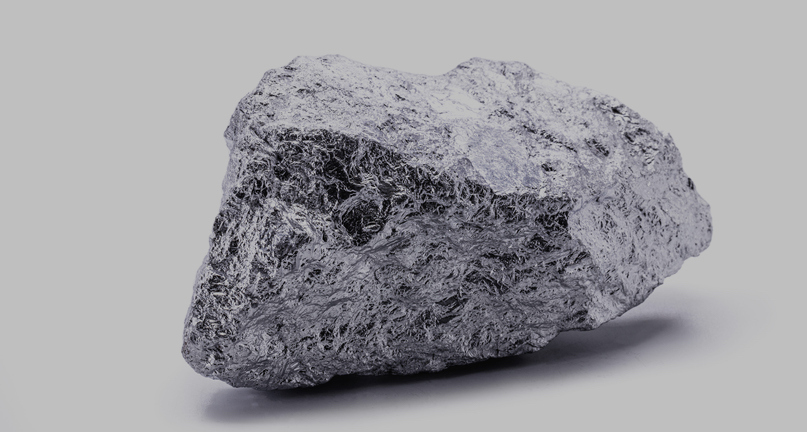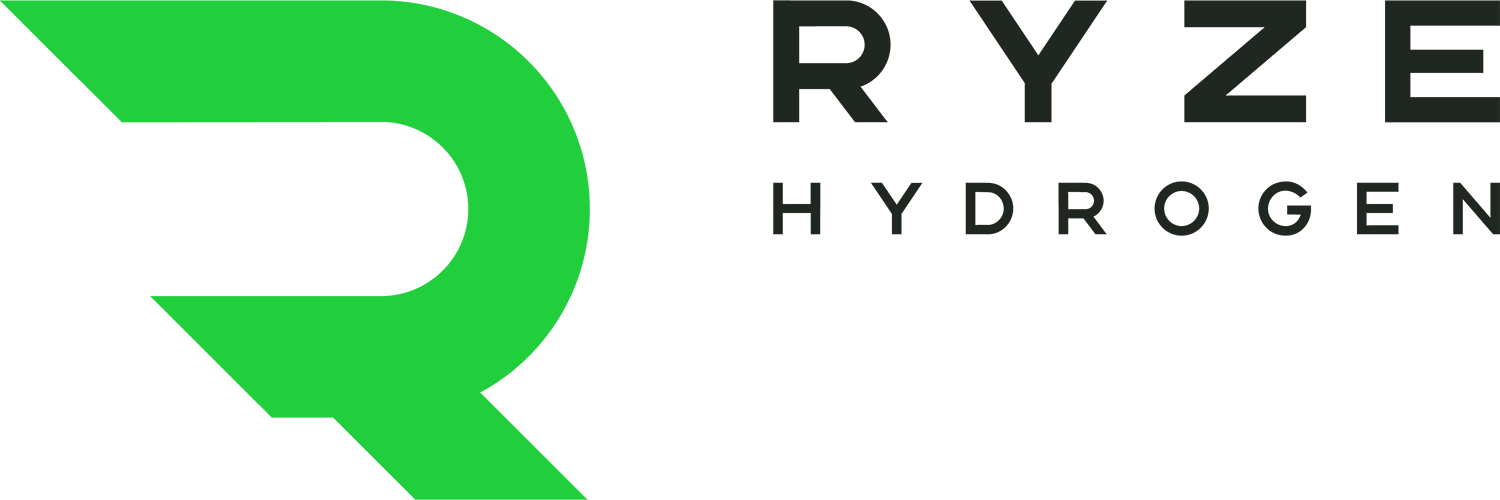Platinum, a metal over 30 times scarcer than gold, has taken on a pivotal role as a critical mineral in the worldwide shift toward sustainable energy. This energy transition is an all-encompassing transformation that will affect every sector, demanding a rapid expansion of renewable energy sources and the necessary infrastructure, including grid-scale batteries, electrolysers, electric vehicle chargers, and more.
The growing demand for specific metals, commonly known as critical minerals or energy transition metals, is already on the rise. Platinum, being one of the scarcest among them, plays an indispensable role in achieving cost competitiveness for electrolysers and fuel cells. However, the existing extremely limited supply could potentially become a hindrance to the energy transition if it cannot be scaled up to align with the increasing demand.
Platinum’s contribution to the energy transition might revolve around rendering clean hydrogen technologies economically feasible.
Clean hydrogen can be produced by either decarbonizing gas or employing renewable-powered electrolyzers to split water into hydrogen and oxygen. Although various types of electrolysers are available in today’s market, the International Energy Agency (IEA) notes a growing preference among hydrogen project developers for proton exchange membrane (PEM) electrolysis due to its superior efficiency compared to alternatives like alkaline electrolysis. Numerous PEM electrolysers leverage platinum to create exceptionally high-performance catalysts.

Platinum’s Vital Role in Enhancing the Competitiveness of Clean Hydrogen Technologies Will Exacerbate the Demand Pressure on Its Scarce Supplies.
Hydrogen holds the promise of replacing carbon-intensive fuels, revolutionizing industries that present challenges in decarbonization, such as steel production and heavy-duty transportation. Nevertheless, clean hydrogen remains relatively costly. When generated from renewable sources, its estimated cost ranges from €3 to €8 per kilogram, in contrast to €1 to €2 per kilogram for hydrogen derived from fossil fuels. Currently, clean hydrogen constitutes only a small fraction of the overall hydrogen market, accounting for a mere 0.04 percent in 2021. The efficiency and durability of platinum-based PEM electrolysers could, therefore, play a crucial role in driving down the cost of clean hydrogen.
However, this valuable metal will prove even more versatile in the energy transition. Platinum, already employed to reduce emissions in transportation through catalytic converters in vehicles, also finds its place in PEM fuel cells. These function in a manner reverse to PEM electrolysers, merging hydrogen and oxygen, and rely on platinum as a catalyst as well.
Currently, the demand for platinum remains relatively low, but this is expected to shift as the imperative to decarbonise intensifies. Studies indicate that platinum is poised for significant demand growth, particularly driven by platinum-based PEM technologies. These technologies alone hold the potential to contribute to approximately 11 percent of the global CO2 emissions reductions needed to meet the Paris Agreement targets by 2030.

Platinum, a metal over 30 times scarcer than gold, has taken on a pivotal role as a critical mineral in the worldwide shift toward sustainable energy.
The United States, European Union, and China have all acknowledged the strategic significance of platinum in the context of the energy transition, and they have implemented policies to boost its demand. In the United States, for example, the Inflation Reduction Act seeks to accelerate the production of clean hydrogen and the adoption of fuel cell electric vehicles, offering substantial tax incentives for low-carbon hydrogen. Concurrently, the EU’s REPowerEU initiative aims to expand clean hydrogen capacity to 80 gigawatts by 2030, doubling its previous target. According to the World Platinum Investment Council, this global effort could position clean hydrogen production as the largest driver of platinum demand by 2040, potentially accounting for up to 35 percent of total demand.
____________________
Related reading:
Airbus, Rolls-Royce and Easyjet call for UK leadership in hydrogen aviation
____________________
Present-day platinum reserves fall significantly short of fulfilling ambitious climate objectives. According to the International Renewable Energy Agency, existing supplies would only support an annual manufacturing capacity for PEM electrolyzers ranging from 3 to 7.5 gigawatts. This falls well short of meeting the International Energy Agency’s suggested minimum total installed capacity of 134 gigawatts by 2030. Furthermore, there is currently no indication of an increase in supply that would align with the anticipated demand.
Supply and demand imbalances pose a significant challenge across all energy transition metals, with their extraction exerting a disproportionate impact on some of the world’s most economically disadvantaged populations. The issue is particularly acute for platinum, as it primarily originates from a handful of nations. South Africa, in particular, contributes to over 70 percent of the world’s platinum supplies, and its mining sector grapples with persistent challenges ranging from frequent labor strikes to contentious disputes concerning environmental consequences.
With constrained and inflexible supply networks, the increasing demand for platinum is poised to result in price fluctuations in the forthcoming years. This situation jeopardizes the economic feasibility of clean hydrogen and fuel cell technologies, potentially obstructing research and development efforts in other environmentally friendly technologies. Furthermore, the rush to secure platinum and other critical minerals could potentially escalate into geopolitical conflicts.
Platinum-dependent PEM technology holds significant potential in driving the energy transition by enhancing the competitiveness of clean hydrogen and fuel cells. Nevertheless, unless measures are implemented to rectify the supply-demand disparity, the scarcity of this valuable metal may pose a threat to decarbonisation objectives.
to learn more about Ryze Hydrogen, click here.






